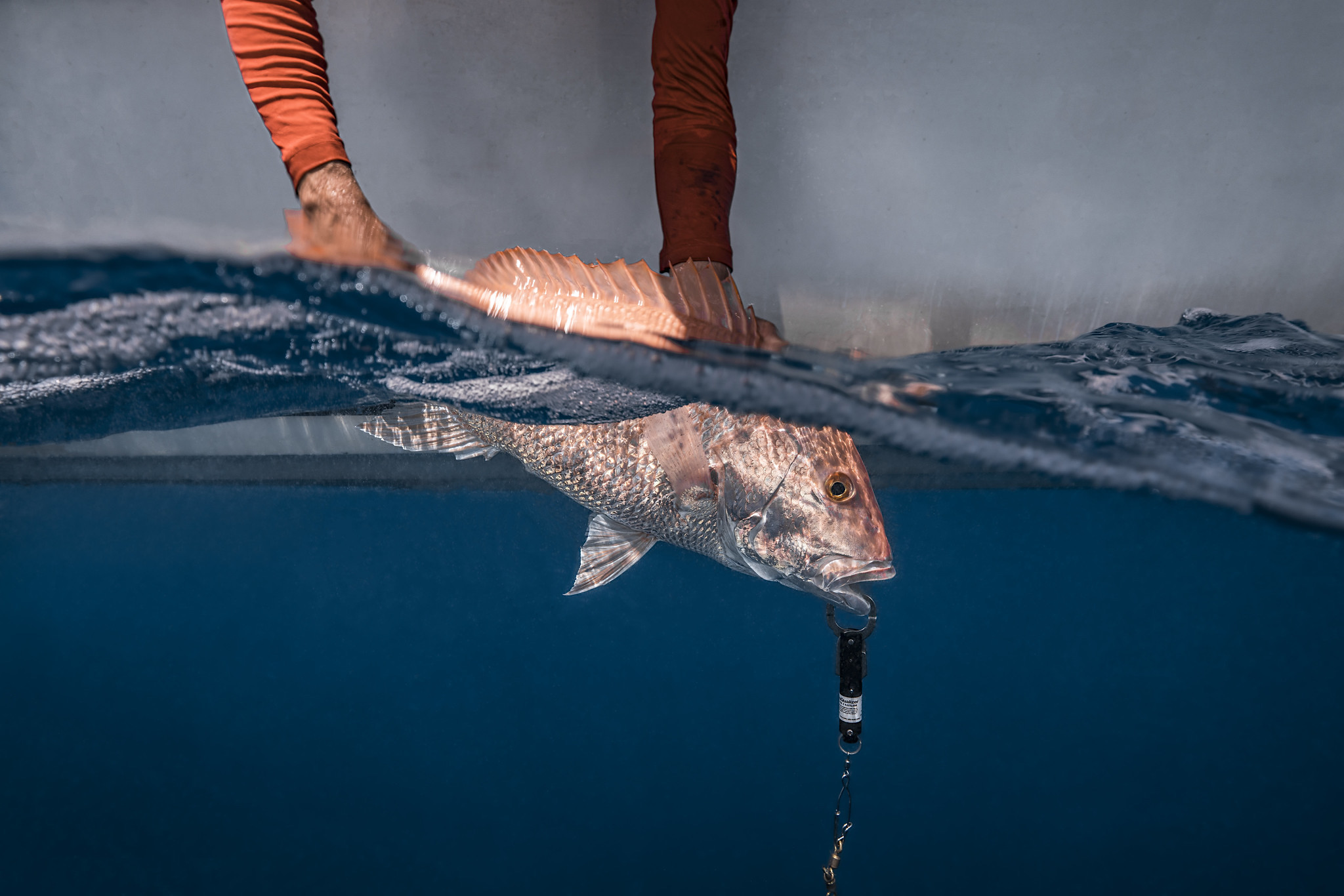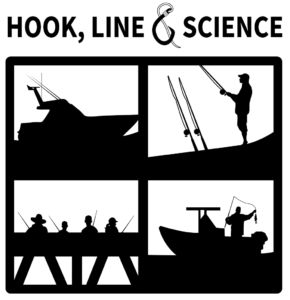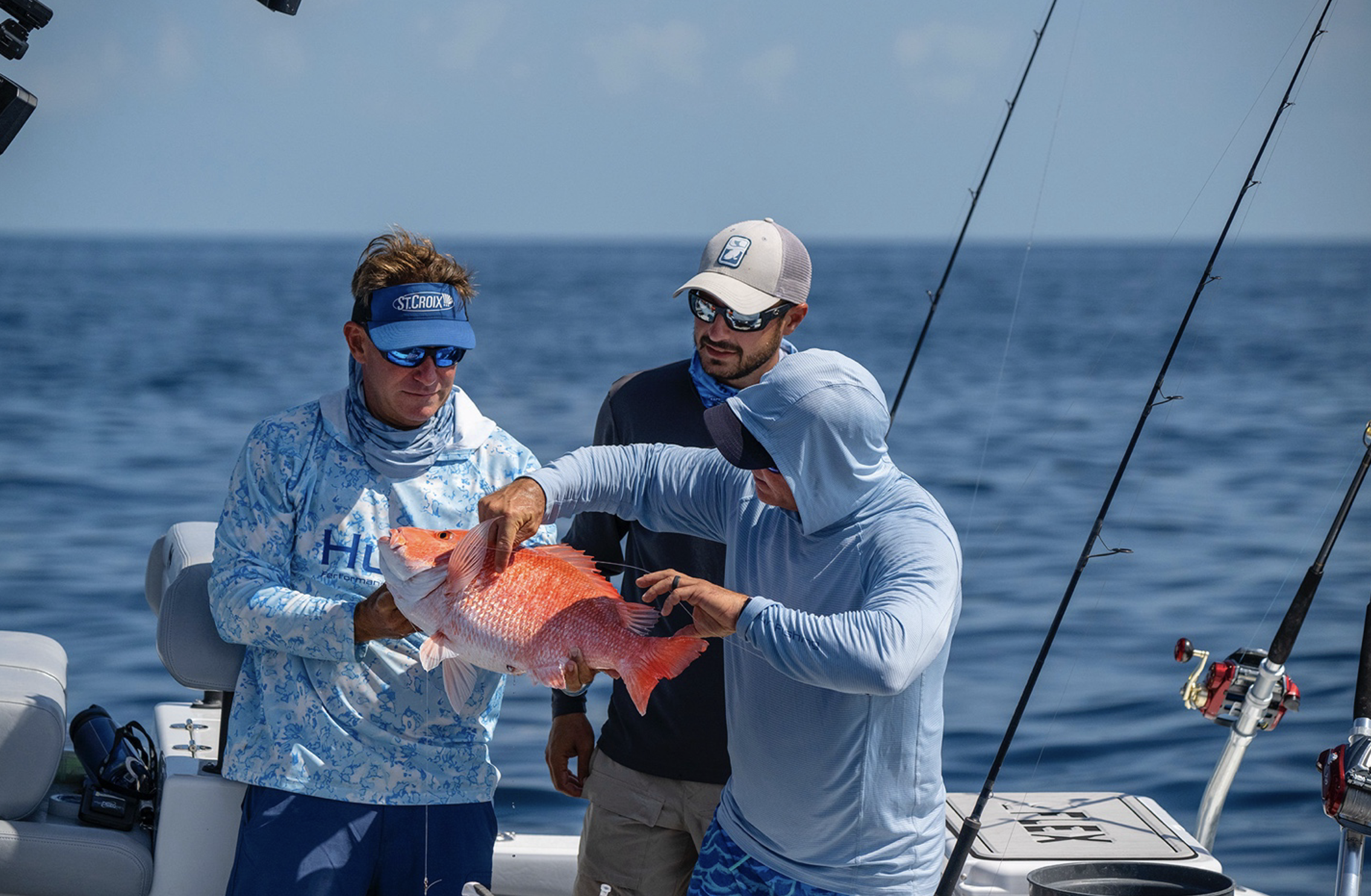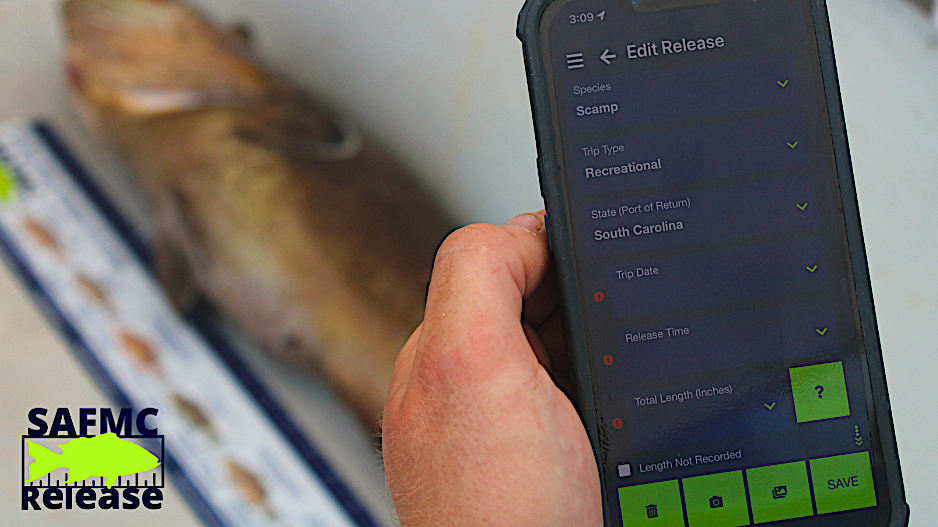How can we rebuild the stock of South Atlantic red snapper?

A new model suggests options.
Research Need
The American red snapper (Lutjanus campechanus) is a common offshore reef fish found in the South Atlantic and Gulf of Mexico. Fishers have long coveted this species due to its aggressive nature, colorful appearance, and status as top-notch table fare. However, these days red snapper seems to grab more attention for its controversial management.
Despite continuing efforts to rebuild the South Atlantic red snapper stock, overfishing continues, leaving scientists, managers, and fishers at a crossroads. The stock’s recovery is critical not only for the health of reef ecosystems but also for the health of the fishing industry. Hence, there is a pressing need to investigate new management approaches.
A group of researchers recently created a model to compare a suite of red snapper management approaches to one another and to assess whether they would end overfishing.
What did they study?
The research team simulated 25 different management strategies, using varying combinations of measures: gear modifications, regulations that lower the mortality rate of discards (released fish), size limits, and regulatory approaches based on time and/or area closures.
The research team compared all outcomes based on how well each met four core management goals consistent with ending overfishing: decreasing dead discards, rebuilding population age structure, increasing adult spawning productivity, and increasing sustainable landings.
What did they find?
This study found that decreasing recreational fishing effort by placing limits on time and space was particularly successful in ending overfishing. Limited access to the multi-species fishery was most effective in reducing discards.
Size limits, bag limits, and similar measures were not particularly effective in reducing discards. However, the use of descender devices, proved effective in lowering mortality.
The study shows that fully retaining all species in the multi-species snapper grouper fishery may also be effective. Additionally, the researchers note that simulated management strategies may be paired together to meet goals.
Anything else?
The American red snapper is one of dozens of species within the larger “snapper grouper” fishery. Many species overlap in habitat and are thus caught side-by-side, which leads to catch, release, and frequent mortality for out-of-season fish, whether it be red snapper or another species.
Reducing the amount of recreational fishing activity may reduce discard mortality and accelerate stock recovery for red snapper and potentially other snapper grouper species. The authors highlight a permitting system as one possible approach. Tools like descender devices may also be effective means of improving survivorship.
So what?
Fisheries management sometimes holds off on decisions until more information is made available, delaying the implementation of new regulations. The present study shows a promising alternative that may quickly allow for more informed decisions.
Modeling management scenarios, using a host of parameters, provides an objective approach to visualizing future successes. The widespread use of models may facilitate a wave of proactive management and ultimately help avoid overfishing altogether.
Reading
Shertzer, K., Crosson, S., Williams, E., Cao, J., DeVictor, R., Dumas, C., & Nesslage, G. (2024). Fishery management strategies for Red Snapper in the southeastern US Atlantic: A spatial population model to compare approaches. North American Journal of Fisheries Management.
BY DAVID HUGO (below), Sea Grant’s South Atlantic Reef Fish Extension and Communication Fellow. Hugo is an avid fisherman and conservationist who is committed to bridging the gaps between fisheries science, management, and the fishing industry. He leads a number of outreach efforts throughout the South Atlantic Fishery Management Council’s jurisdiction, focusing on offshore snapper grouper fisheries management, best fishing practices, and citizen science initiatives. Contact David Hugo: david.hugo@safmc.net

The text from Hook, Line & Science is available to reprint and republish at no cost, but only in its entirety and with this attribution: Hook, Line & Science, courtesy of Scott Baker and Sara Mirabilio, North Carolina Sea Grant.

- Categories:



